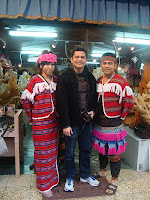Historic Monuments of Ancient Kyoto, A UNESCO World Heritage Site (Kyoto, Uji and Otsu Cities)

Built in A.D. 794 on the model of the capitals of ancient China, Kyoto was the imperial capital of Japan from its foundation until the middle of the 19th century. As the center of Japanese culture for more than 1,000 years, Kyoto illustrates the development of Japanese wooden architecture, particularly religious architecture, and the art of Japanese gardens, which has influenced landscape gardening the world over. Kyoto was the main center for the evolution of religi ous and secular architecture and of garden design between the 8th and 17th centuries, and as such it played a decisive role in the creation of Japanese cultural traditions which, in the case of gardens in particular, had a profound effect on the rest of the world from the 19th century onwards. Buddhism had already been introduced from China and Chinese culture was having a profound influence on Japan when the capital was moved from Heijo-ko (Nara), after 10 years at Nagaoka, to Kyoto, under the name of Heian-ko...



